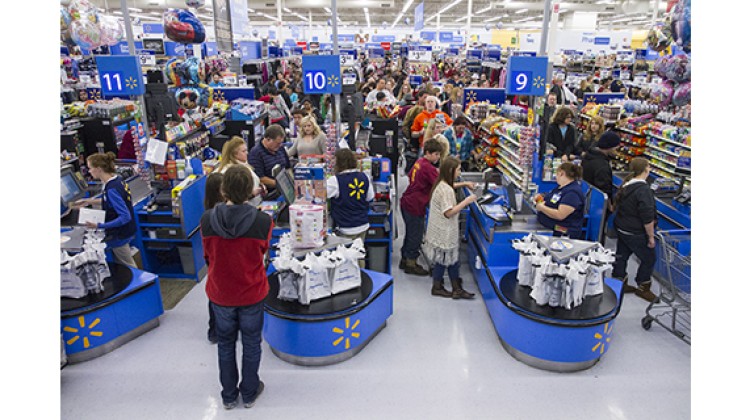"Experts agree that the consumer is in the driver’s seat"

WASHINGTON — Economists at the National Retail Federation (NRF) predict retail industry sales in 2016 will exceed their 10-year average as the economy continues to grow and consumers show more willingness to spend. The federation forecasts sales will increase 3.1% this year, topping the 2.7% average over the past decade.
The report, released today, predicts non-store sales will grow between 6% and 9% in 2016.
The NRF forecast compiles sales in traditional retail categories — including auto parts and accessories stores, non-store categories, discounters, department stores, grocery stores and specialty stores — while excluding sales at automotive dealers, gas stations and restaurants.
“Wage stagnation is easing, jobs are being created, and consumer confidence remains steady, so despite the headwinds our economy faces from international developments — particularly in China — we think 2016 will be favorable for growth in the retail industry,” said Matthew Shay, NRF’s president and chief executive officer. “All of the experts agree that the consumer is in the driver’s seat and steering our economic recovery. The best thing the government can do is stay out of the way, stop proposing rules and regulations that create hurdles toward greater capital investment, and focus on policies that help retailers provide increased income and job stability for their employees.”
NRF is the world’s largest retail trade association, representing discount and department stores, home goods and specialty stores, Main Street merchants, grocers, wholesalers, chain restaurants and Internet retailers from the United States and more than 45 countries.
“The economy had a bumpy ride in 2015 with fits and starts along the way,” said Jack Kleinhenz, the federation’s chief economist. “Despite the volatility, the economy continued to reduce unemployment, raise wages and actually increase real GDP by 2.4%. Lower gas prices are creating more discretionary income to save, pay down debt and spend on travel, eating out and personal services. Retailers have benefited as well, and continue to find ways to compete and succeed in a very cost-conscious environment.”
The NRF foresees the U.S. economy growing at between 1.9% and 2.4% this year. It expects the economy to add an average of 190,000 jobs per month and the nation’s jobless rate falling to 4.6%.




You must be logged in to post a comment Login